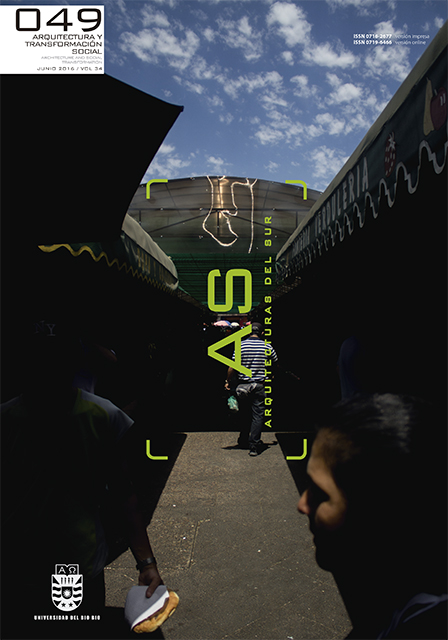Photographic memory
DOI:
https://doi.org/10.22320/07196466.2016.34.49.08Abstract
La fotografía ha aportado significativamente al rescate de la memoria desde su aparición en el siglo XIX. Su principal característica de replicar lo que ven nuestros ojos de manera “natural y automática” la convirtió rápidamente en un medio de evidencia documental usado por la ciencia. Hoy, a más de un siglo y medio de su aparición, la fotografía constituye un poder presente cotidianamente en nuestra vida, transformándose en la principal y original fuente de relación virtual con el mundo. Su inicial consideración de “Fidelidad y realismo” se ha sustituido por una mayor conciencia de la manipulación editorial por parte de sus productores, ingresando una mirada más crítica que entiende a la fotografía no solo como documento sino también como acción. Así, Joan Fontcuberta, fotógrafo, ensayista y premio Hasselblad 2013, postula: “El buen fotógrafo es el que miente bien la verdad”. La fotografía como rescate de la memoria cae obviamente en este mismo dilema. ¿Qué es lo que se rescata visualmente y por qué? ¿Quién y cómo se decide dar visibilidad fotográfica? ¿Qué visualidad queda afuera de esta decisión?
Downloads
Downloads
Published
How to Cite
Issue
Section
License
Copyright (c) 2016 Nicolás Sáez Gutiérrez

This work is licensed under a Creative Commons Attribution-ShareAlike 4.0 International License.
The content of the articles published in each issue of Arquitecturas del Sur is the sole responsibility of the authors and does not necessarily represent the opinion of University of the Bío-Bío.
The authors will maintain their copyright; however, they will guarantee the journal the right to first publication and dissemination of their work. The publication of the article in Arquitecturas del Sur will be subject to the Creative Commons International license (CC BY-SA) that allows others to adapt: remix, transform and build on the material for any purpose, even commercially; share: copy and redistribute the material in any medium or format, as long as the authorship and first publication in this journal are acknowledged by citing them correctly, and their new contributions are under a license with the same terms.














 Programa de Información Científica/Concurso Fondos de Publicación de Revistas Científicas 2018/ Proyecto Mejoramiento de Visibilidad de Revistas UBB (Código:FP180007)
Programa de Información Científica/Concurso Fondos de Publicación de Revistas Científicas 2018/ Proyecto Mejoramiento de Visibilidad de Revistas UBB (Código:FP180007) 
